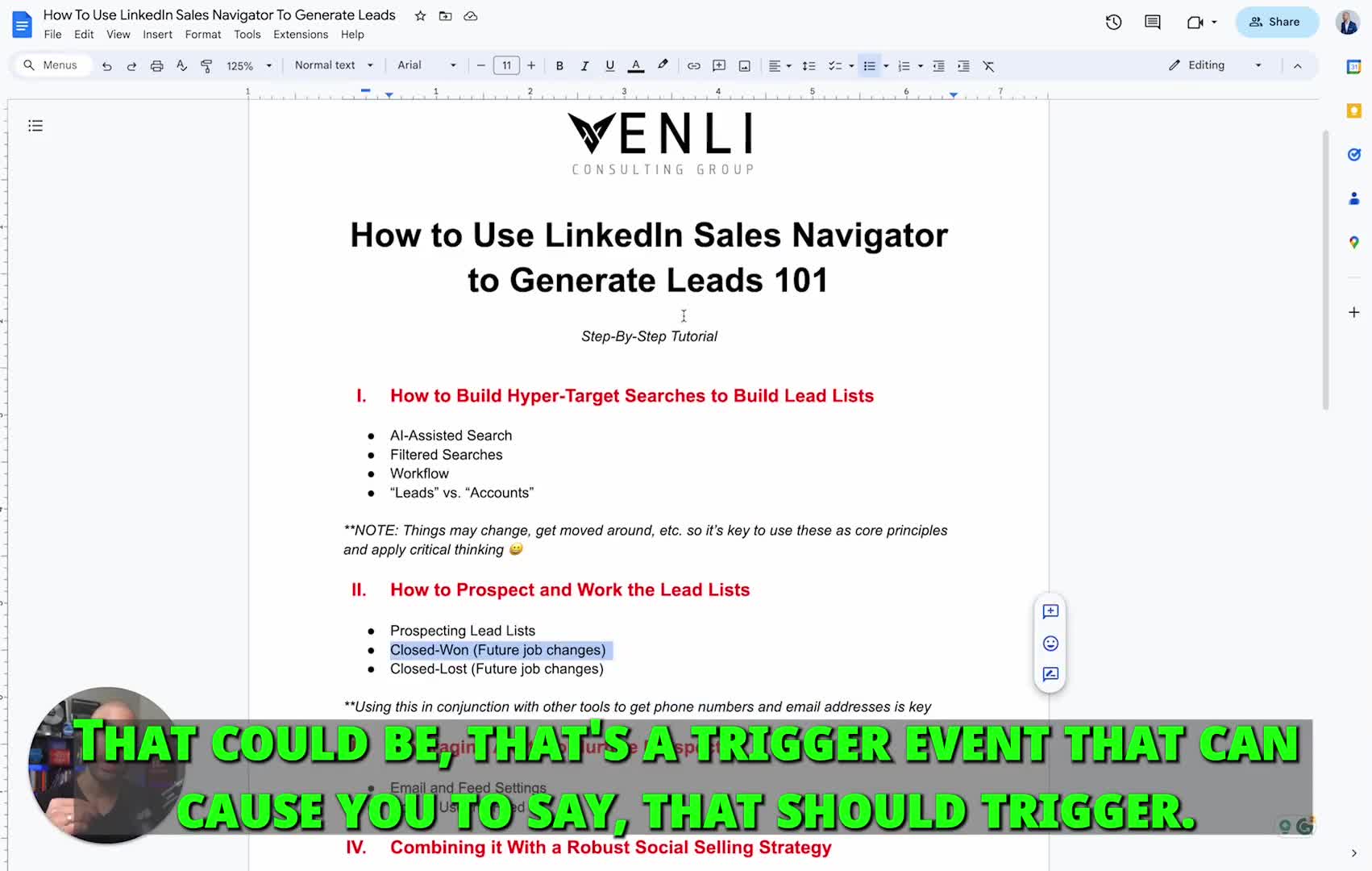Social Media Marketing
How can you attract people to grow your network on LinkedIn?
There are three main ways to attract people and grow your LinkedIn network. First is outreach, where you identify interesting people and send personalized messages explaining why you find them valuable and what you can offer them. Second is posting content on topics you're passionate about, which builds trust with your audience. Third is engagement, which involves interacting with other people's posts and comments, then following up with connection requests. For beginners, start with engagement, then progress to outreach, and finally develop a content posting strategy as your network grows.
Watch clip answer (02:16m)How should you structure LinkedIn messages to increase response rates?
LinkedIn messages should be structured as brief, conversational texts rather than formal emails. Start with an observation about the recipient, followed by a question to prompt dialogue. Keep messages under 50 words, formatted like texts to friends. When following up, add context through video notes or voice messages to stand out. The goal isn't to book a meeting immediately but to start a conversation that can lead to determining if your solution addresses their needs. This approach makes your outreach more personal and significantly increases response rates.
Watch clip answer (00:05m)What are the four key components of the LinkedIn Social Selling Index (SSI)?
The LinkedIn Social Selling Index consists of four key components: establishing a professional brand, identifying the right connections, engaging with insights, and building meaningful relationships. Maintaining a high SSI score through consistent activity can place users in the top percentile of their industry peers. This is achieved by posting relevant content, engaging with others' content, optimizing your LinkedIn profile, and cultivating a community. The speaker attributes their top 1% ranking to these consistent practices, which have directly contributed to their business growth.
Watch clip answer (01:14m)How did Erin create her course from start to finish?
Erin created her course over approximately seven months, though the focused work took about three months. Her process began with deciding on the course topic (helping content creators transition to entrepreneurship), followed by trademarking the course name "Creator to CEO" to protect the brand. Next, she outlined the entire course, organizing content into seven modules with specific lessons in each. She then hired a course designer who created slides, graphics, and handled the platform setup in Kajabi. For recording, Erin used a teleprompter, ring light, and Blue Yeti microphone, creating both visual presentations and module intros. The final steps included editing, uploading, copyright protection, and marketing.
Watch clip answer (11:44m)What are content pillars and how should they be designed for effective content strategy?
Content pillars are organizational frameworks that structure your content creation process, serving as the foundation for your overall content strategy. According to Amber Figlow, effective content pillars should be broad enough to generate numerous content ideas while remaining specific to your business niche or industry. When designing content pillars, align them with your audience's needs throughout the week and review them quarterly for relevance. For example, a hairstylist might use pillars like DIY hairstyles, hair education, client transformations, and product recommendations—each strategically scheduled when clients are most receptive to that content. The goal is creating a framework that's flexible yet focused on serving your specific audience.
Watch clip answer (00:25m)What networking strategies did Stephanie Cohen use to build her personal and professional brand?
Stephanie Cohen built her brand by embracing networking wholeheartedly during a chaotic time when entering the mortgage industry. She actively put herself out there by attending industry events and leveraging LinkedIn as a powerful tool to expand her reach and connect with others in the field. Her approach focused on authenticity - being genuinely herself while building relationships. The impact of this strategy was significant, as people who once inspired her became inspired by her online presence and industry involvement. Stephanie emphasizes the importance of not just digital networking but also forming meaningful connections by getting to know people personally. Her key advice is simple yet powerful: utilize your network, meet people, and present your authentic self to the world without fear.
Watch clip answer (04:04m)




